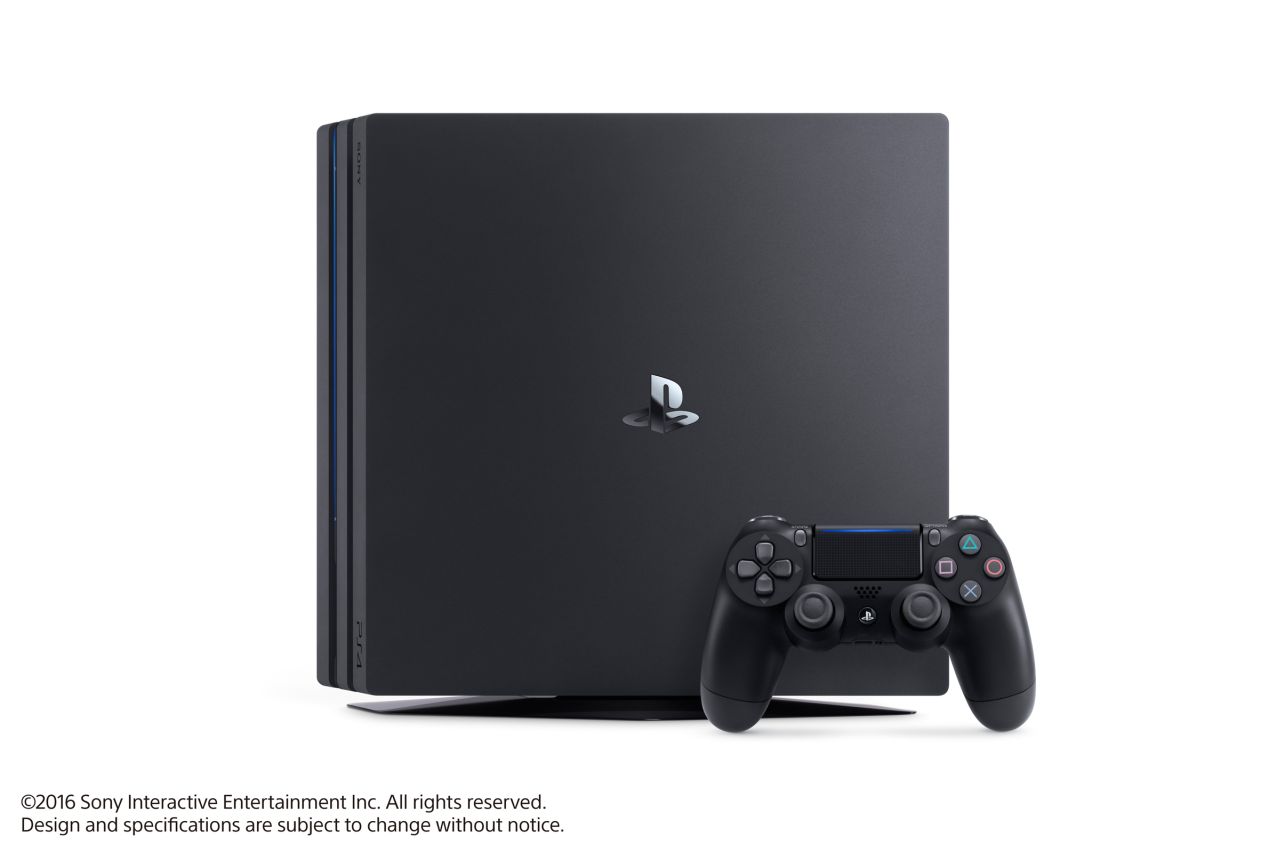Loot boxes have been the “next big thing” in gaming for quite a while and the backlash seems to be hitting in waves now, with many developers renouncing their use, gamers clamoring for their removal and authorities investigating whether they amount to gambling and how they should be regulated.
A loot box can be implemented in many ways, ranging from a simple mechanism to deliver already known items/powers, characters (or anything else related to a video game) to a complex package that offers something guaranteed for the player who opens one while enticing them to buy more until they pick up one of the items that has a very small chance to appear. There are loot boxes that can be picked up for free, based on in-game actions, those that are linked to currency that can be gained inside a game and others that are only offered to those willing to spend real-world money.
With the FTC saying that it is aiming to investigate how they are implemented, following in the footsteps of countries like Belgium and the UK, the reactions from video game industry bodies have been somewhat predictable, designed to protect developers and to slow down any kind of direct regulation.
That’s understandable but the industry fails to see that their best bet is not to clamor for full freedom (there are some really exploitative practices, especially in the mobile space) or for self-regulation (after all the industry has so far shown little appetite for clear rules that bind all creators who use loot boxes). The best bet for industry representatives, like the ESA and IGDA, is to work directly with governments in order to create simple and clear laws while also finding ways to innovate so that loot boxes serve the needs of their titles rather than simply their bottom line.
I play a lot of Star Trek: Timelines, a title that was first offered only on mobiles and is also now available on the PC, which has loot boxes. They do not feel exploitative to someone like me, who has good control over his desire to acquire characters and boosts and sees the game experience as a long term one. The same is surely not applicable to a gamer who wants instant gratification and is ready to spend money in order to get his hands on that super-rare Picard version.
Developers, industry representatives and lawmakers should work to find the worst practices linked to loot boxes and ban them outright, forcing everyone to make sure that gamers, especially the more vulnerable ones, are not directly targeted and exploited.
Then the industry needs to work within itself to further make sure that loot boxes are somewhat standardized and that there’s little chance for someone to be fooled when moving from one title to another or from one store ecosystem to another.
Finally, developers themselves need to find interesting ways to use the concept and make sure that it enhances a game experience rather than detract from it. There are plenty of ways to do this, ranging from making sure that there are limits on the rarity of stuff associated with them to introducing new ways to earn the currency linked to the loot box system.
It’s normal for the video game industry to feel somewhat targeted when it comes to regulation, especially given the rapid pace of change and the fact that many regulators do not fully understand the medium. But a combination of laws, regulation and innovation is the best way to solve the loot box conundrum and to make sure that it does not become another long-term fruitless discussion like the one linked to video game violence.
